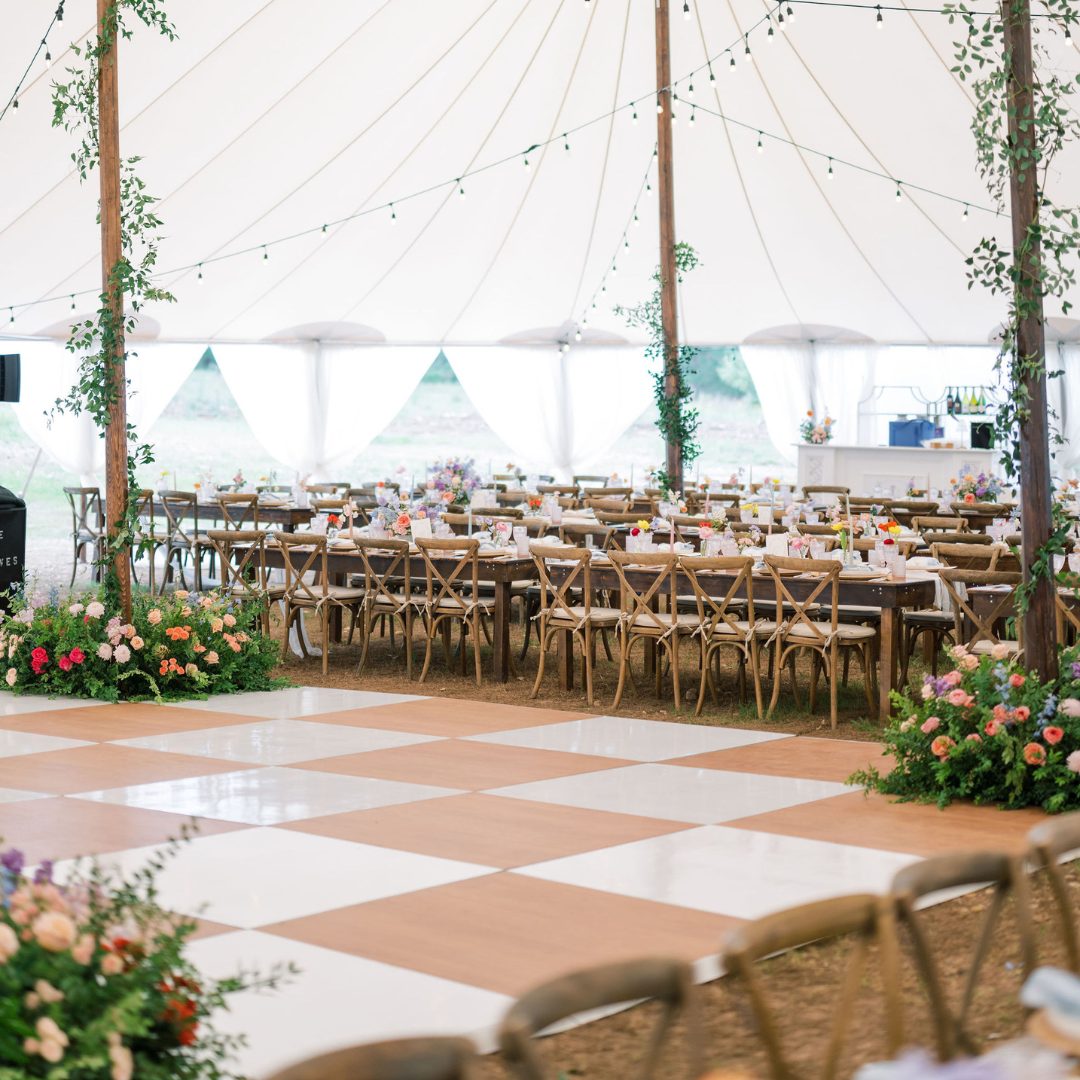Innovative Design Movements Shaping the Future of Engaging LED Performance Floors
Innovative Design Movements Shaping the Future of Engaging LED Performance Floors
Blog Article
Engaging light-emitting diode dance surfaces have become progressively popular in various entertainment locations, including dance clubs, concerts, and events. These surfaces utilize advanced tech to create dynamic light showcases that respond to music and motion. As technology keeps to evolve, several innovative styling trends are shaping the future of these interactive dancing surfaces. These trends not only improve the aesthetic encounter but also boost user engagement and forge a more engaging environment for dancers and audiences alike.
One notable trend in interactive light-emitting diode dance floors is the incorporation of intelligent technology. Many recent designs feature sensors that identify movement and modify the lighting in response. This means that the surface can alter colors, patterns, and effects based on how many individuals are dancing and their location they are located. This reactivity creates a lively environment that promotes participation and enthusiasm. Additionally, some designs allow participants to manage the lighting through smartphone applications, giving them the ability to customize their encounter in the moment.
Another important pattern is the use of sustainable materials and energy-efficient tech. As ecological issues grow, many creators are focusing on developing LED dancing floors that are not only aesthetically impressive but also eco-friendly. This comprises utilizing repurposed resources for the floor's construction and adopting energy-saving light-emitting diode lights. These advancements help minimize the carbon impact of events while still offering a captivating aesthetic experience. By prioritizing eco-friendliness, designers are attracting to a more Full Article ecologically conscious crowd.
The integration of enhanced reality (AR) is also changing the interactive dance surface experience. AR tech enables users to view digital images and visuals overlaid on the physical world through their smartphones or AR spectacles. This can improve the dance floor encounter by adding virtual components that interact with the real environment. For example, performers might see moving figures or visual displays that respond to their actions, creating a distinctive and captivating atmosphere. This pattern is particularly attractive to younger crowds who are familiar to digital interactions in their daily activities.
Additionally, the styling of interactive light-emitting diode dancing floors is growing more flexible and adaptable. Many new designs can be easily set up in various environments, from short-term events to permanent setups. This adaptability enables locations to create tailored encounters that cater to different concepts and crowds. Some models even include modular components that can be reconfigured to form different shapes and arrangements. This flexibility not only enhances the aesthetic attractiveness but also enables for artistic expression in event organization.
In summary, the future of responsive LED dance surfaces is being influenced by creative design trends that concentrate on innovation, sustainability, augmented virtual reality, and flexibility. These advancements are creating more immersive and captivating encounters for users, making dancing surfaces a central feature of entertainment venues. As these trends continue to advance, they will likely redefine how people engage with sound and motion, ensuring that interactive LED dancing surfaces stay a popular option for events and celebrations.